The first Christian mission for Aboriginal people in South Australia was established mid 1839, two and a half years after the Europeans landed at Glenelg. It was built in the Adelaide Parklands, north of the River Torrens, opposite the site that became the Adelaide Gaol. Pirltawardli (meaning possum home) was already a regular camping ground for the Kaurna people, the local Aboriginal group known to the settlers as the ‘Adelaide tribe’. Run by German Lutheran missionaries Christian Teichelmann, Clamor Schürmann and, later, Samuel Klose, the mission was for some years a substantial settlement. At its height it was a fenced area of 5.7ha and together with traditional wurlies contained pise (mud and straw) houses for the missionaries, and smaller pise huts and a pise school for the Kaurna people. At the insistence of the missionaries the children were taught in the Kaurna language.
Governor Gawler supported the work of the missionaries but in 1845 Governor Grey, deciding to take the children away from the influence of their parents to a Government-run English-speaking ‘Native School Establishment’, gave instructions that the school be closed and the huts torn down. He excluded Aboriginal people from the place built for them, instructing that ‘No native shall remain within the fence’[i] and the school building was then used instead as barracks for the sappers and miners. Part of the sappers and miners’ previous accommodation near the Police Barracks off the track that became Kintore Avenue became the Native School Establishment.
Once closed, the Aboriginal Location that had been Pirltawardli continued in reduced form, with people continuing to camp near the house of Klose, the only missionary to remain. In 1846 brick sheds were built by the government in part of the area of the mission as well as across the river behind the new gaol, split into separate areas for the ‘Murray tribe’ who were by then frequenting Adelaide, and a smaller number of sheds for the remains of the ‘Adelaide tribe’. The sheds were poorly constructed, much hated, and little used. The Native School Establishment closed in 1851 and the remaining children were taken from Adelaide to Poonindie Mission at Port Lincoln on the Eyre Peninsula.
Prior to the establishment of Pirltawardli, a ration camp (1837) and then a small settlement with wooden huts and school (1838) had been set up by interim Protectors Walter Bromley and Dr William Wyatt respectively in areas now part of Bonython Park. Wyatt’s small settlement, known at the time as the ‘Aborigines Location’, was later referred to as ‘the Old Location’. Piltawodli, under Protector Matthew Moorhouse, was the first mission. Pirltawardli, also called the ‘Aboriginal Location’, is now of major significance to Kaurna people and is also important to non-Indigenous South Australians. Nearly all of the recorded language and early written records of Kaurna culture stem from this place, documented by Schürmann and his associates, who also recorded their observations of race relations in early Adelaide. Pirltawardli has been revived as the area’s official name, and on 26 May 2000 a plaque was erected there commemorating its place in Adelaide’s history.
[i] (Diary of Samuel G. Klose, 3 July 1845, Lutheran Archives Adelaide)


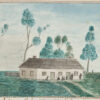

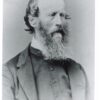
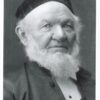
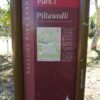
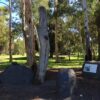
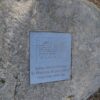
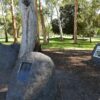
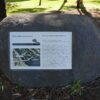
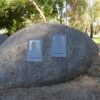
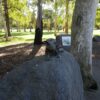

Comments